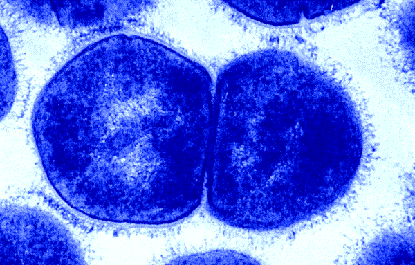 The Streptococcus
The Streptococcus
A Brief Introduction to the Streptococci
The genus Streptococcus is comprised of a wide variety of both pathogenic and non-pathogenic (commensal) gram-positive bacteria which are found to inhabit a wide range of hosts, including humans, horses, pigs and cows. Within these hosts, streptococci are often found to colonize the mucosal surfaces of the mouth, nares and pharynx. However, in certain circumstances, usually under disease conditions, they may also inhabit the skin, heart or muscle tissue.
Pathogenic streptococci of man include S. pyogenes, S. pneumoniae, and S. faecalis. Among the pathogenic hemolytic streptococci, S. pyogenes, or group A streptococcus, has been implicated as the etiologic agent of acute pharyngitis ("strep throat"), impetigo, rheumatic fever, scarlet fever, glomerulonephritis, invasive fasciitis and perhaps obsessive compulsive disorder.
Pathogenic streptococci have also been classified into groups according to carbohydrate or capsular antigens associated with the cell wall. Group A streptococci may be further subdivided according to the variety of M protein expressed on the cell surface. M protein serotypes have also been found to strongly correlate with the disease caused by a particular strain of streptococci. Pathogenic streptococci also produce a variety of extracellular products which enhance their pathogenicity.


